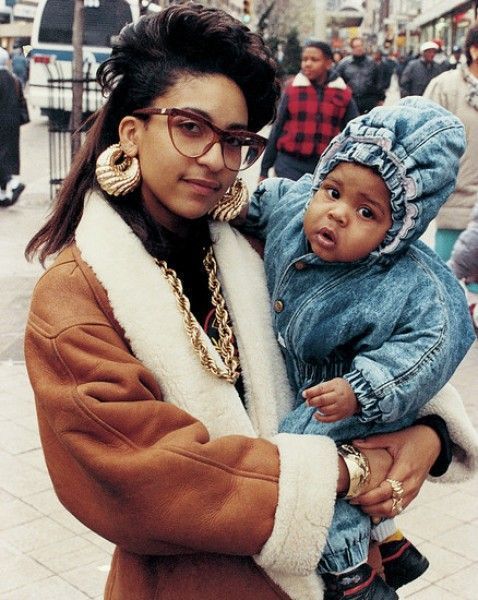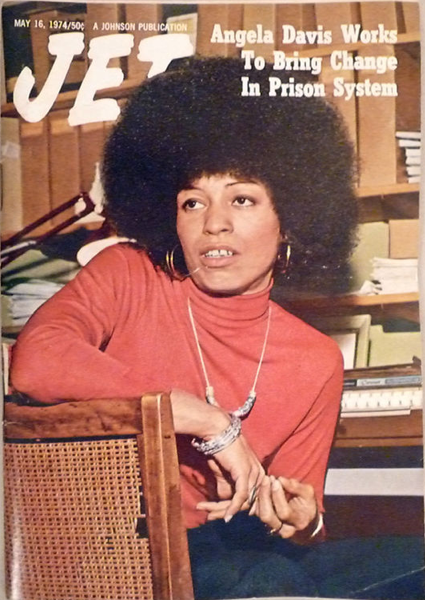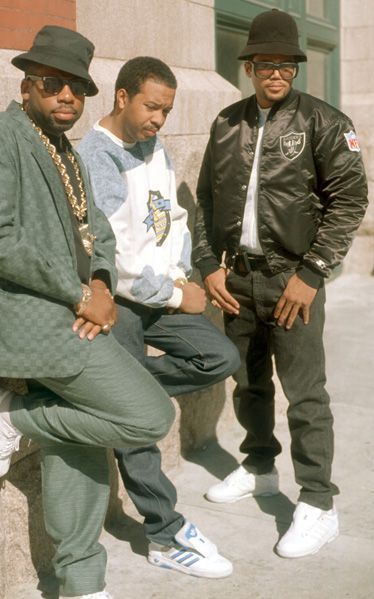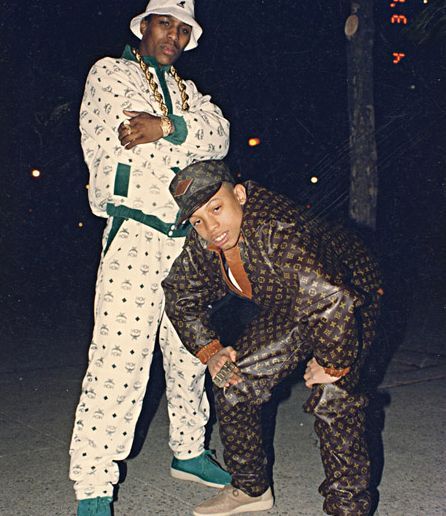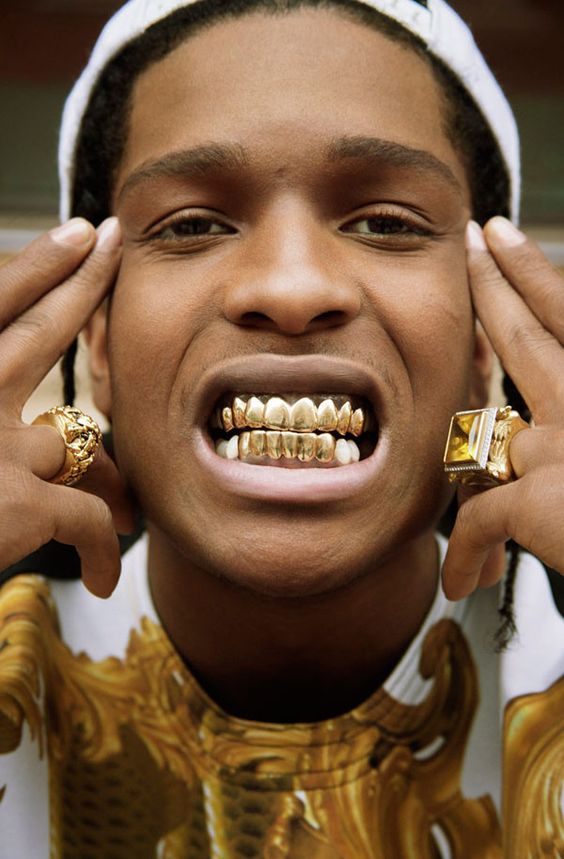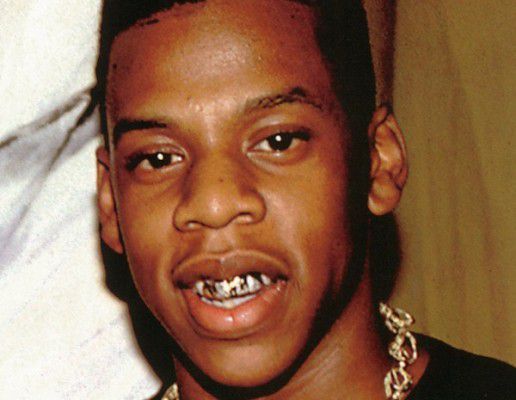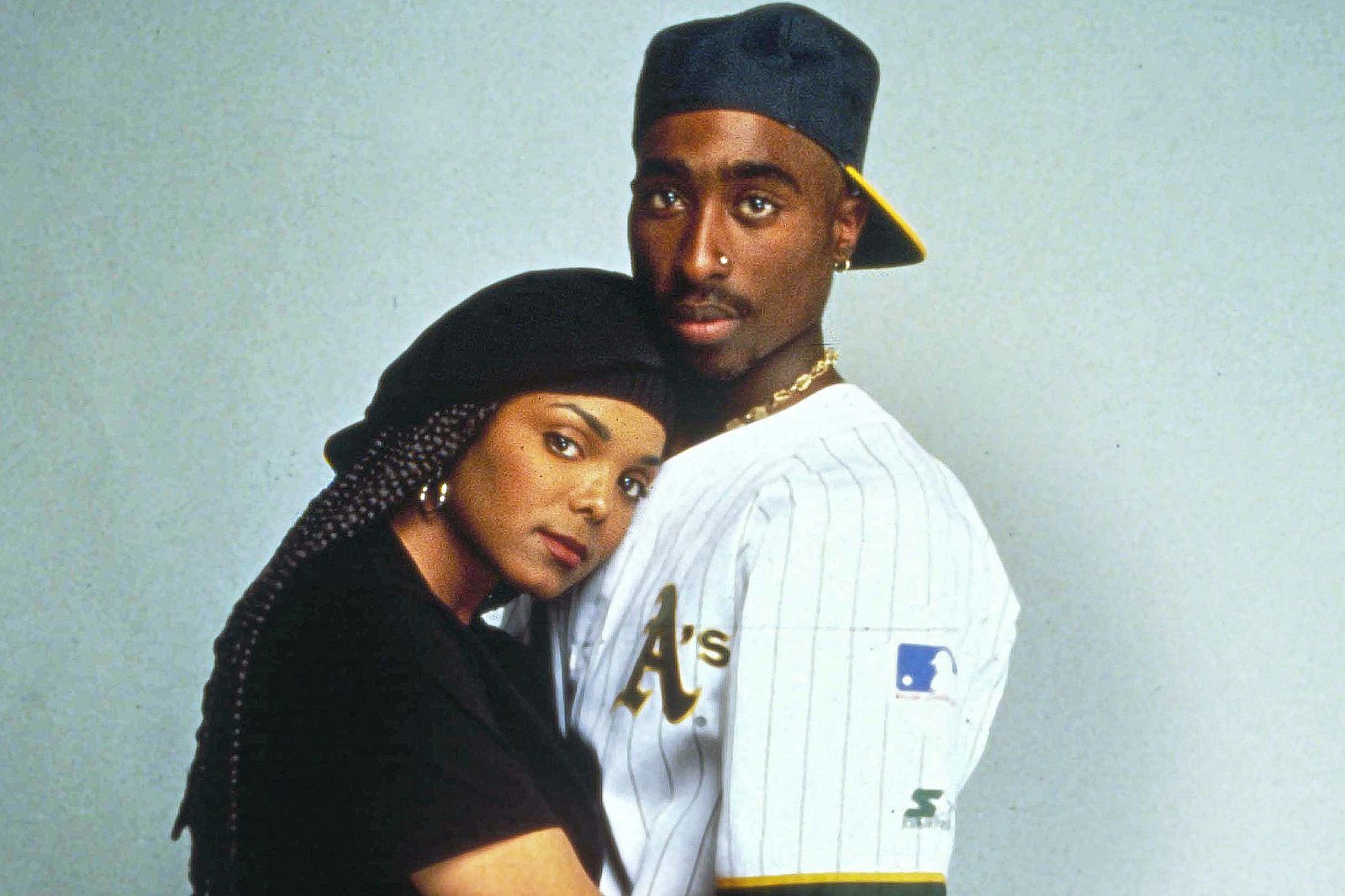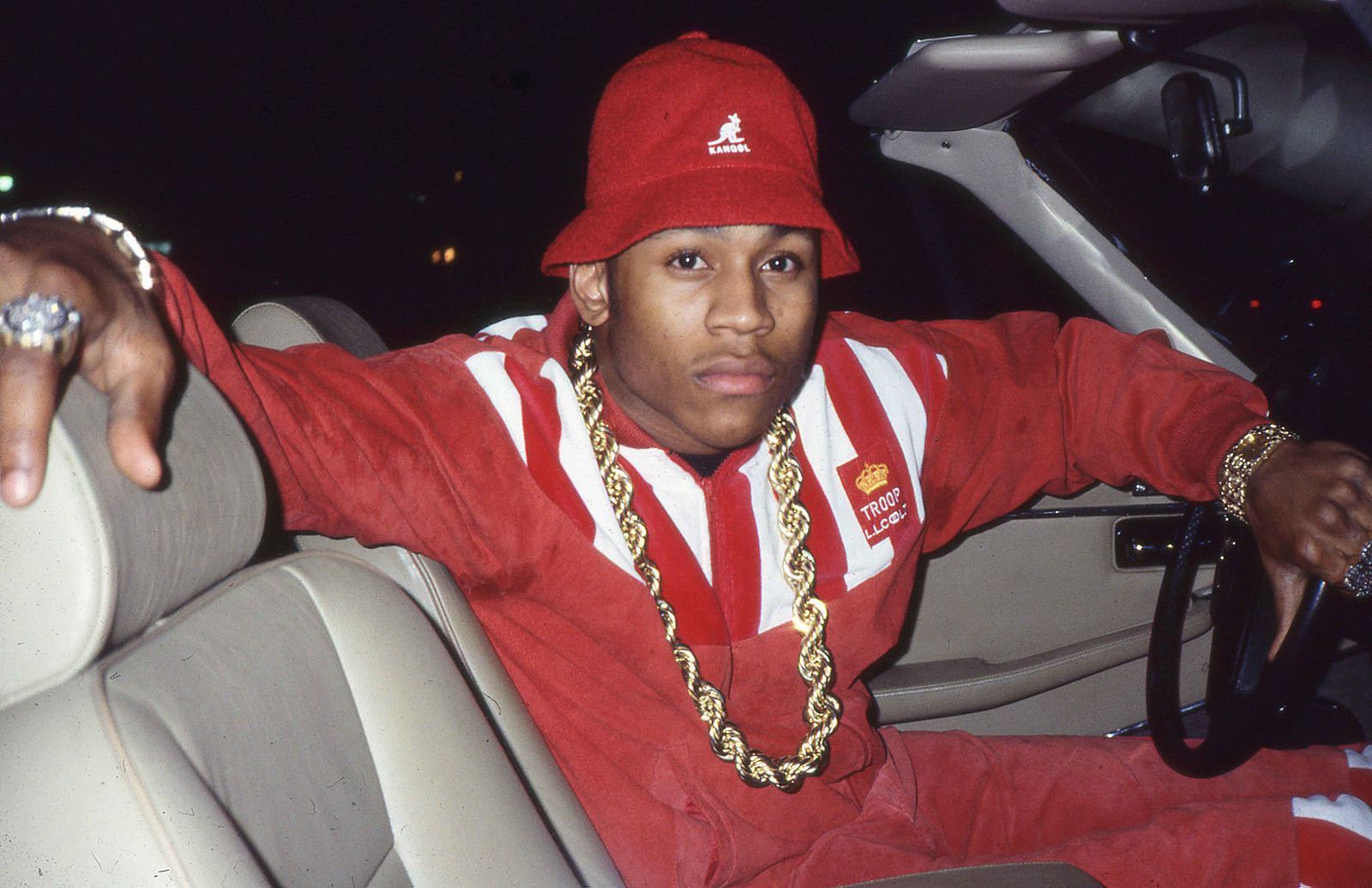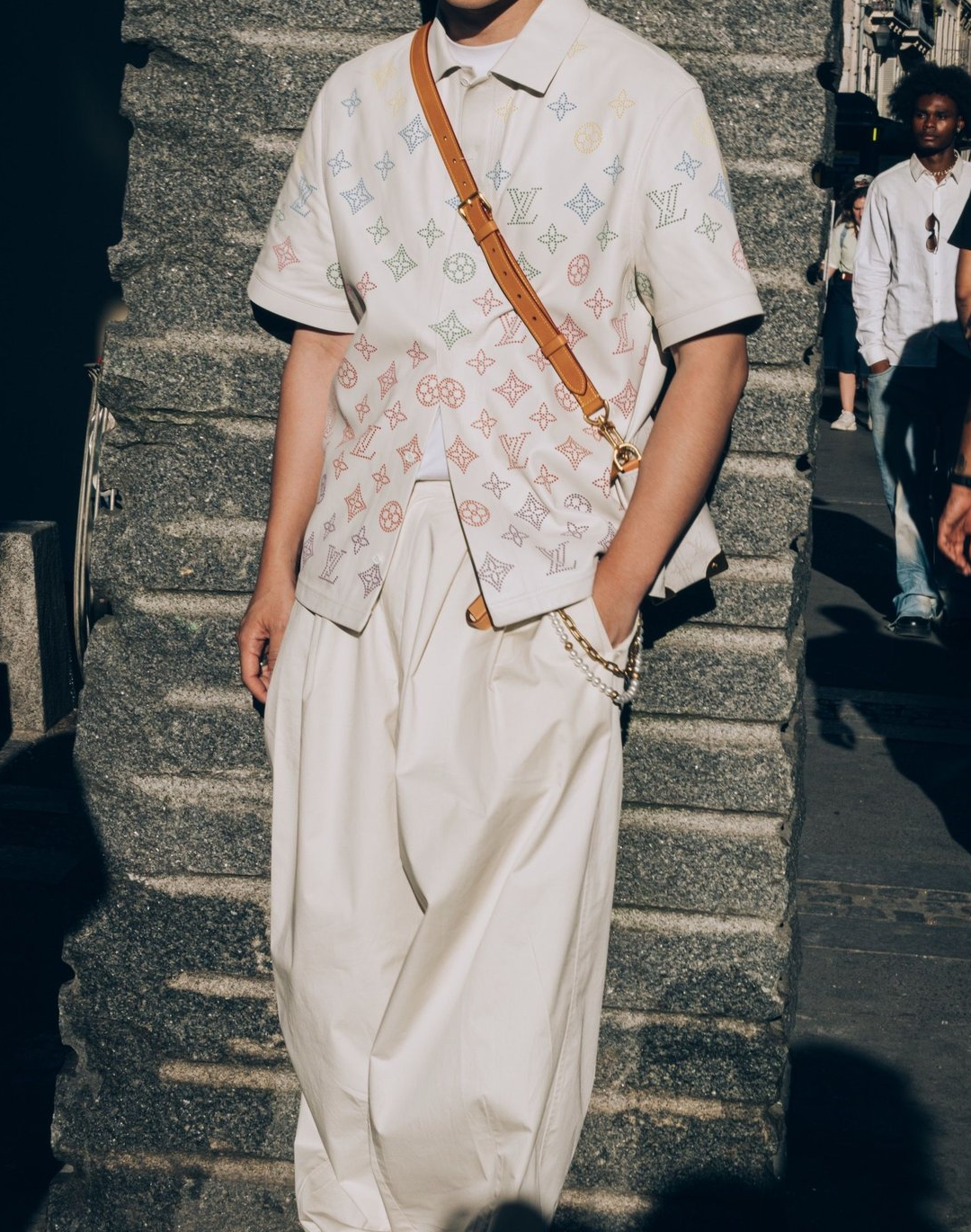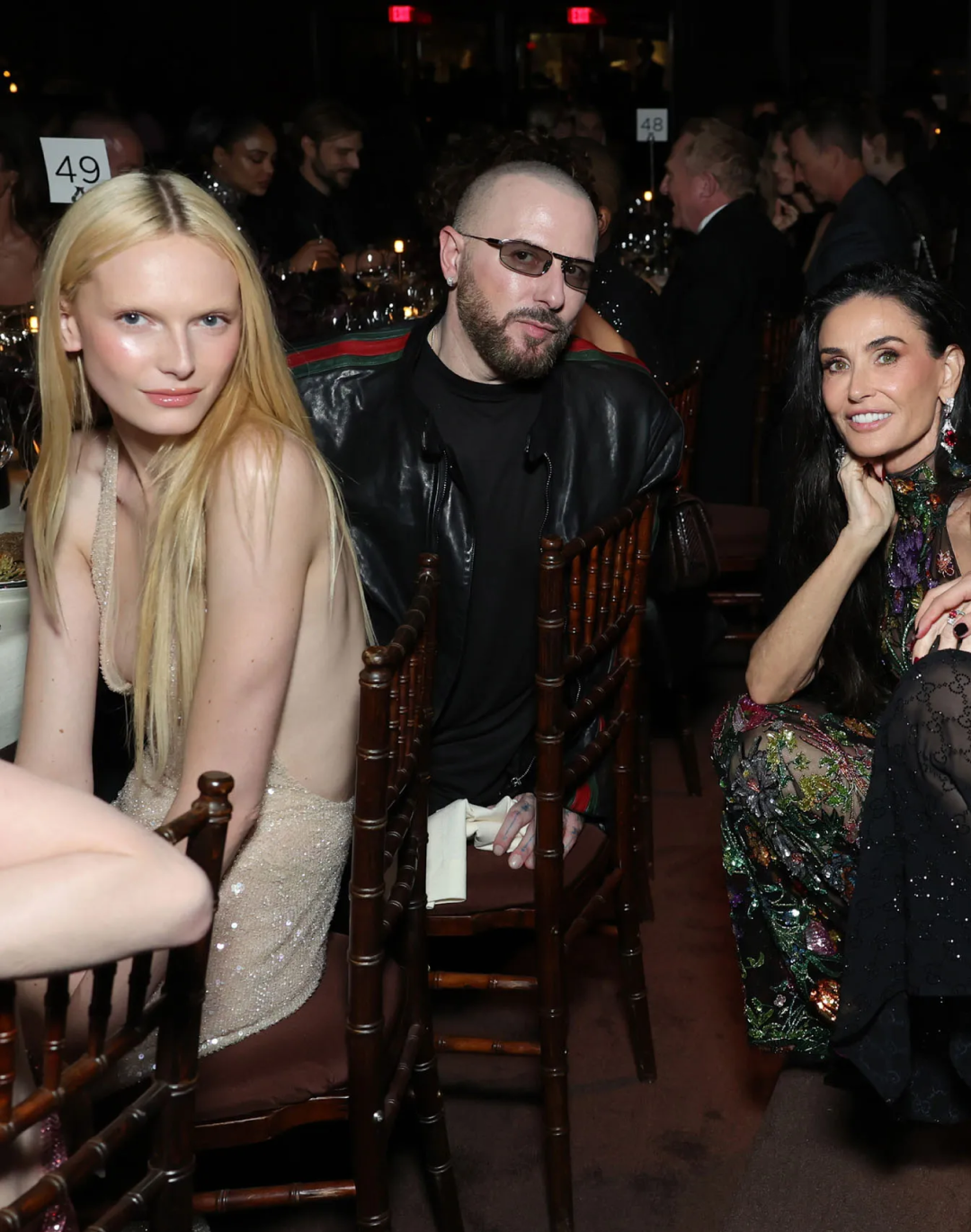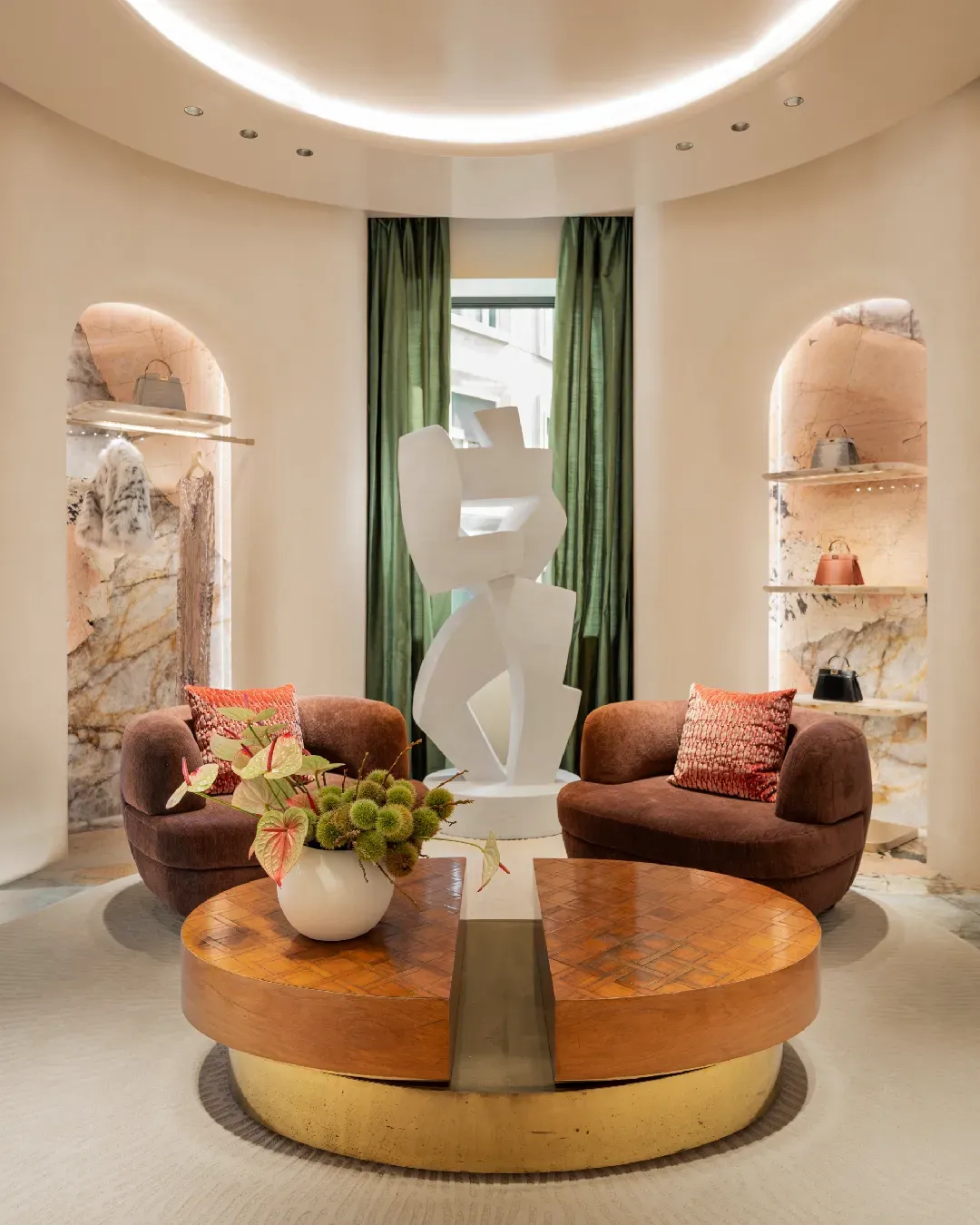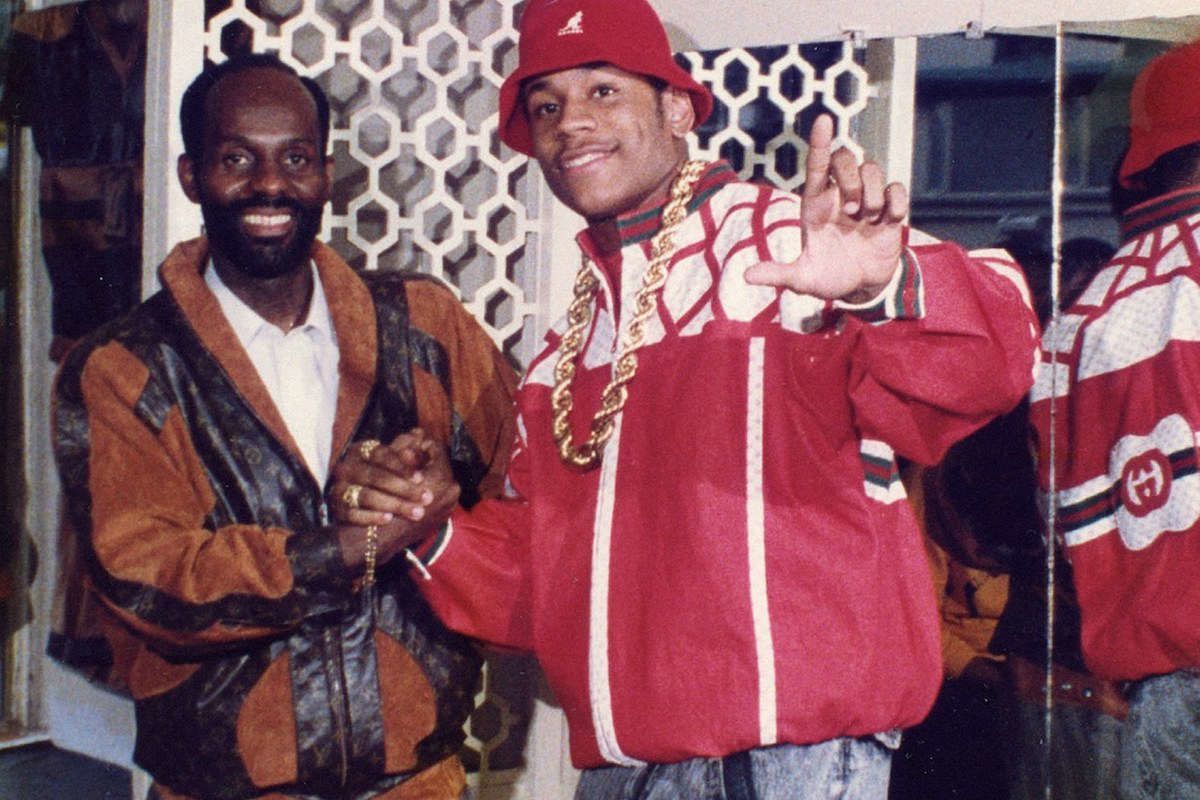
7 Street Trends Originated and Made Popular by Black Culture From snapbacks and bucket hats to hoop earrings and logomania
It is no secret that an abundance of the major trends styles and movements we have seen in fashion throughout history were either born or made popular byways of people of colour. From the influences of the Motown Era to the birth of the golden age hip hop and rap culture. The relationship between Black Culture and the fashion industry has always been quite complicated, not only because too often fashion houses have appropriated of typically 'black' trends or customs, transforming and commercializing them, but above all because diversity is still a very hot topic within the fashion world. Besides the accusations of lack of inculsion in the fashon shows - Hedi Slimane was strongly criticized for the poor number of black models walking during his Celine debut show -, in many cases brands make headlines because of more or less unknowningly racist items. It happened to Prada a few months ago with its Animalia, and just a few days ago it was the turn of Gucci with its black turtleneck.
In honour of Black History Month, the month in which, not without controversies and debates, in the US and Canada the most important and influential names and events of African history are celebrated, we’re breaking down some of the popular trends and the direct history they’ve had with the culture throughout the years.
1. Fat Laced Shoes
The iconic concept of fat laces reigned from the late 1980’s all the way into the early 2000’s. It was the method of not only accentuating your sneakers with bigger laces, but using an entire different way of lacing by weaving your strings in the opposite direction than usual. This began among New York’s ghetto youth in the early 80’s who initially would use regular laces, stretch them, spray them with starch and iron them until they were big enough. Then, for lacing, instead of going under and up, they went up and under, which acted as a very clear way to tell who was ‘hip’ or not. From then, the trend caught on and fat laces were produced by adidas, PUMA and Nike.
2. Snapbacks
It has been noted that the birth of the snapback hat traces as far back as the 1800’s as a stylish alternative to the caps worn by baseball players when they were off-duty. However, snapbacks really took to the streetwear scene in the late 80’s, early 90’s when artists and actors like Tupac Shakur, The Fresh Prince of Bel-Air and Ice Cube started sporting them in their music videos, TV shows and movies. From there, New Era Cap Company signed a deal with Major League Baseball (MLB) in 1993 and the snapback has been seen as streetwear staple all the way through the 2000’s worn and sang about by artists like Jay-Z, Kanye West, Mac Miller and Eminem.
3. Hoop Earrings
The origins of hoop earrings may be disputable. It’s rumoured that golden hoops date all the way back to ancient Sumerian women in 2500 B.C. and to pirates in the 1650’s. However, since then, different variations of the earring have been adopted by women of colour from Indians to Latinos, to African Americans. In the 1960’s, hoops became popular to streetwear culture during the black power movement in America when African American women wore them to embrace an afrocentric way of dressing. Activists and artists such as Angela Davis, Tina Turner and Janet Jackson embraced the style as a way owning their identity. Following this, in the 1980’s hoops were also associated with a subculture of Mexican working class women living in Southern California called “Cholas.” Ever since, the piece of jewellery has been sported by the inner city youth of the 1990’s, on icons like Madonna and Cher and then later commercialised and re-immagined in various styles by fashion houses all across the world.
4. Sagging Pants
The controversial sagging pants was one of the major trends of the 1990’s and early 2000’s. It was pretty much the concept of wearing a loose belt, or at times no belt and allowing your trouser to fall below the waist, showing your underwear. Most sources report that this trend began in the American prison system where at times belts were not allowed as a result of safety measures. This often caused the prisoner’s pants to be ill-fitted on the waist. In the 90’s, hip hop and rap artists adopted the look as a symbol as it was considered cool to do prison time. This trend also made a comeback into 2010’s being sported by celebrities such as Justin Bieber, Liam Payne & Zac Efron but thankfully seems to have done its time.
5. Bucket Hats
The history of the bucket hat began with its original name, the fishing hat from the 1900’s, when Irish farmers and fishmermen used them as protection from the rain. Fast forward to the 1960’s the hat was adapted as a ladies accessory, in a stiffer version and more elegant style. However, the bucket hat was first introduced to street style in the 1980’s by the hip hop community. It is rumoured by many that one of the first celebrities to sport the bucket hat was American rapper Big Bank Hank during a performance in 1979. Followed by others like Run-DMC, LL Cool J and Jay Z. Since then it has been seen on some of the major runways across the world and is now making it’s comeback with brands such as Fendi and Prada among others.
6. Logomania
The original creation of the logomania trend is arguable, many claim it began in 1892 when Georges Vuitton designed the world renown Louis Vuitton logo which first began on trunks and suitcases, others say it began 1960’s with Gucci’s iconic mirrored logo on bags and accessories. However it’s inevitable to discuss streetwear and logo mania without talking about one of the founding fathers of streetwear, Dapper Dan. The American icon first began working out of his boutique in Harlem, New York in the 1980’s. He began illegally screen printing popular logos such as Gucci, Louis Vuitton and Fendi all over leather and using them in innovative ways that these fashion houses had not even yet thought of. His all-over logo mania designs weren’t limited to clothes but also featured car interiors, curtains and furniture covers. Before he was shut down in 1989 by the police, he was widely supported by the American rap and hip hop community, dressing names like Jay Z, Floyd Mayweather, LL Cool J, P-Diddy among others. This then created a gap and demand for the product which was later filled by commercial fashion houses. Today logomania is another trend making it’s comeback on the runways of Gucci, Louis Vuitton, Fendi, Dior among others.
7. Grills
The concept of putting gold and silver caps on the teeth takes its origins from ancient Etruscan and Mayan culture when wealthy women wore these precious jewels made of gold and jade as a way of displaying their wealth and class in society. From then, throughout generation the tradition trickled down to the Mayan descendants who could be found in Mexico, Belize and other parts of the Caribbean during the early 1900’s. Since then it has disappeared and appeared throughout the region seen on Latin American and Caribbean people. In the 1980’s, the trend became popular with Jamaican dancehall musician Shabba Ranks who wore one gold tooth, it then moved to New York with hip hop artists like Raheem the Dream and Kilo Ali. Grills made their way into the 2010’s worn by celebrities such as Chris Brown, Rihanna and Kanye West and seems to be making a very slow yet steady come back today.
BONUS
Aside from fashion, one of the most popular jargons used in the street style and fashion industries, was invented by a black man. The word 'cool' in the sense of fashionable or a way of life was said to be copped by American saxophonist Lester Young during the late ’30s. He was also said to be the first person to use the word 'bread' as a term for money. Young was known as one of the great cats of jazz music whose life concluding in a tragic end as a result of alcoholism.











































